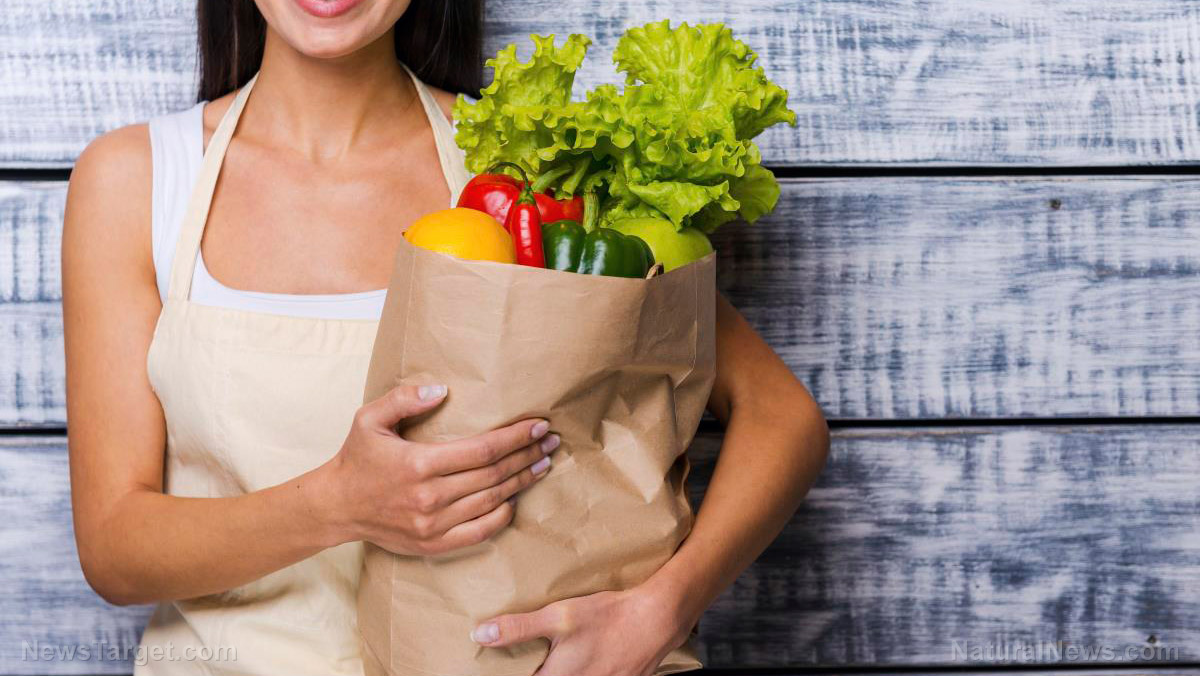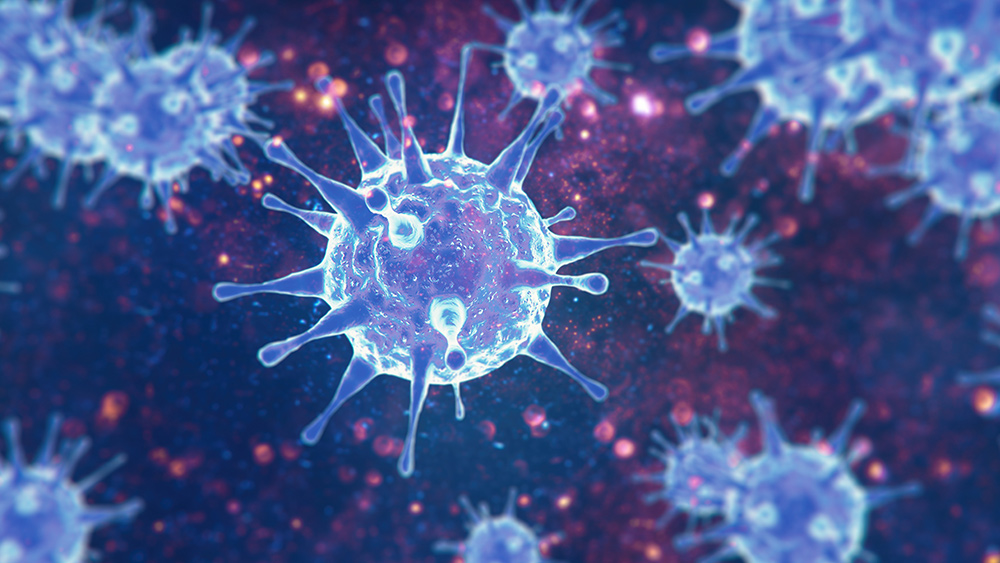
Advertisement
The COVID-19 pandemic has introduced a new state of normal in which most social activities are severely restricted to essential errands like grocery shopping.
To minimize trips to the supermarket, many people tend to buy groceries that can last for at least a week. But food supplies run out eventually, so you still have to leave the house at some point to restock.
Fortunately, you can reduce the risk of exposure with precautions like social distancing, good hygiene practices and cough and sneeze etiquette.
You can also take extra protective measures when bringing home groceries. Here are eight ways to shop and handle groceries safely and prevent potential transmission of viruses.
Practice social distancing at the supermarket
Trips to the supermarket pose a considerable risk due to the number of people you might come into close contact with. You won’t really be able to tell if someone is sick, so remember to maintain a respectable distance between you and a person in the general vicinity. For instance, try to stay at least six feet behind the person in front of you at checkout. You can remind the person behind you to do the same.
You can also politely ask a person to step back if you feel the distance between you two is close. If someone is beside a shelf or area you want to check out, wait until the person leaves to avoid close contact.
Remember not to touch the eyes, nose and mouth after you pick up a product. You never know if the product has been touched by someone who is sick, or if it has been sneezed or coughed on.
Disinfect the shopping cart and basket handles
Frequently touched items like baskets and shopping carts are hotbeds for pathogens. SARS-CoV-2, the virus that causes COVID-19, can remain viable on plastic and stainless steel surfaces for several hours. To avoid possible contamination, wipe down the cart and basket handles using disinfectant wipes or use alcohol-based sanitizers after checkout.
Many people choose to wear rubber gloves at the supermarket. But remember that gloves do not guarantee 100 percent safety if you still frequently touch your face.
Avail pickup or delivery services
If you’d rather not risk a trip to the supermarket, you can opt for curbside pickup or at-home delivery services instead. Both services are considered less risky since you will not be in close contact with anyone. It also means that you no longer have to grab possibly contaminated food items off the shelves. A number of supermarkets also offer contactless deliveries, where the courier leaves the groceries on a secure place for you to collect once he has left.
If a contactless delivery is not an option, just remember to maintain a six-foot distance between you and the courier upon delivery of the groceries.
Wash your hands after putting away groceries
As a general rule, assume that all the surfaces you touched at the supermarket have also been touched by someone who is sick. Therefore, you must handle grocery items carefully as soon as you get home to minimize the risk of the virus latching onto surfaces. After putting away the groceries, wash your hands for at least 20 seconds under running water and use generous amounts of soap.
On that note, if you still feel anxious about possibly contaminated food packaging, you can use antibacterial wipes and cleaning sprays to disinfect boxes, cans and bottles before you put them away. If the packaging is disposable, just chuck it into the trash bin.
Disinfect tables, countertops and grocery bags
Once you have put away the groceries, be sure to disinfect tables, countertops and other surfaces on which you placed the groceries. SARS-CoV-2 can remain viable on solid surfaces for several hours, so it is best to err on the side of caution. Plus, make it a habit to disinfect car door handles, doorknobs, light switches and keys after a trip to the supermarket.
You should also immediately wash the clothes that you wore outside since SARS-CoV-2 can also survive on certain fabrics like polyester. If you used reusable grocery bags, wash the bags thoroughly as well.
Leave the groceries outside
If you’d rather not waste sanitizers and cleaning sprays on food packaging, you can simply let the groceries sit outside for 72 hours. Of course, you should only do so if you have a fenced area or porch to leave the groceries.
According to Jeffrey VanWingen, a family physician based in Michigan, when you expose potentially contaminated surfaces to air for a certain amount of time, the virus eventually becomes inactive since its viability period has passed.
Set up a disinfection station
One way you can minimize the number of surfaces you need to clean after unpacking groceries is to set up a disinfection station near an entryway. If you have a garage that has a door connected to the kitchen, you can set up a table by the door and prepare cleaning products like disinfectant wipes and cleaning sprays. Only place the groceries on the designated table and proceed to disinfect plastic packaging, wrappers and grocery bags. This way, the groceries are disinfected before you enter the house.
You can also set up a disinfection station by the living room door.
Wash fresh produce thoroughly
The risk of transmission via contaminated produce is low, but according to the 32nd situation report of the World Health Organization (WHO), consumption of raw or undercooked animal products should still be avoided. As a general rule, raw meat and animal organs should be handled with care and cooked thoroughly to ensure that any disease-causing pathogen is eliminated. Food hygiene practices like hand washing before and after handling raw foods also significantly minimize the potential risk of infection.
With regards to fresh fruits and vegetables, you should wash them under a running tap and thoroughly rub the leaves, stems and stalks underwater. Doing so can remove any bacterium on the surface of the fruit or vegetable.
However, under no circumstances should you use dish soap, disinfectant wipes and household cleaners to wash fresh produce. Cleaning products are not meant for human consumption, and most fruits and vegetables can easily absorb liquid substances. Clean, running water should be enough to get rid of any pathogen.
When you take the necessary precautions to disinfect groceries, basket handles and packaging, you minimize the risk of exposure to the virus. Although there has been no documented case of infection via contaminated food packaging, it is still better to take protective measures to keep not only yourself but also family or household members safe.
Sources include:
Advertisement
Advertisements
















